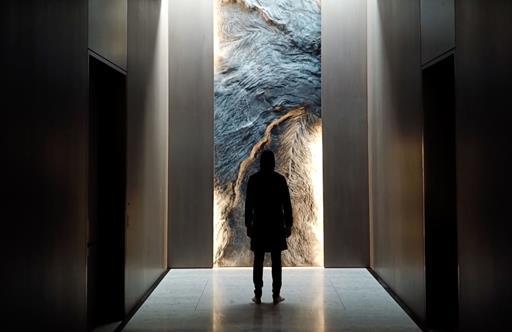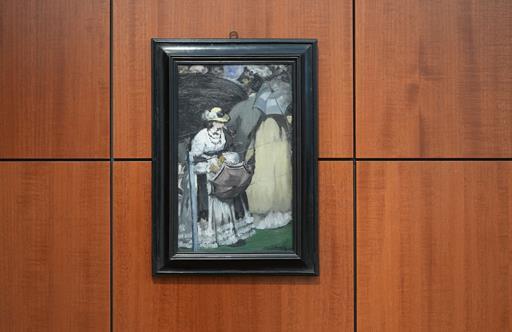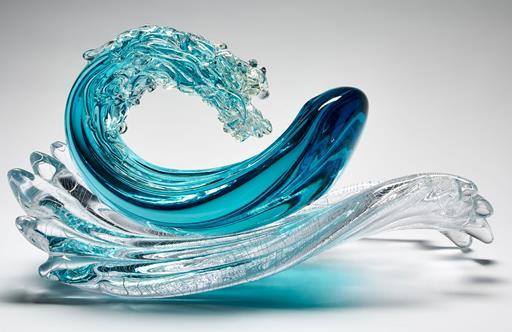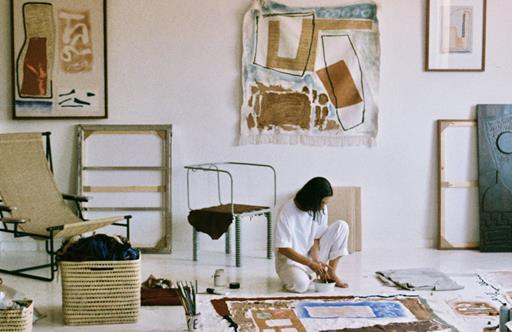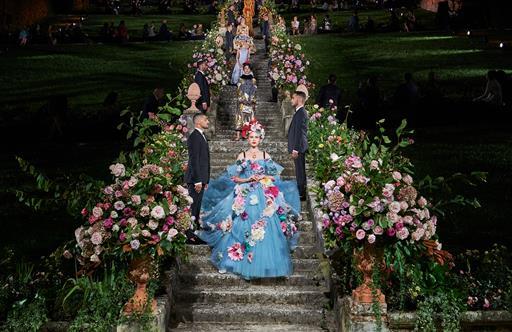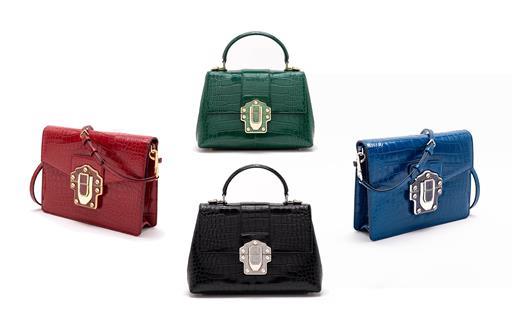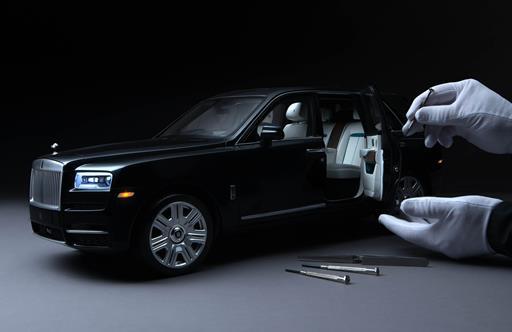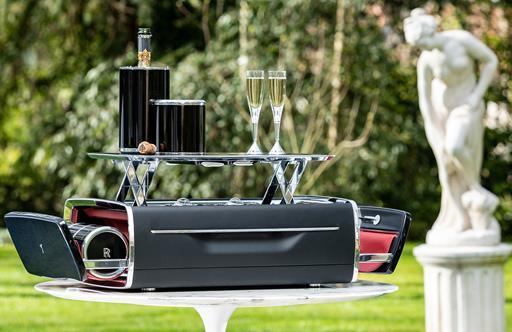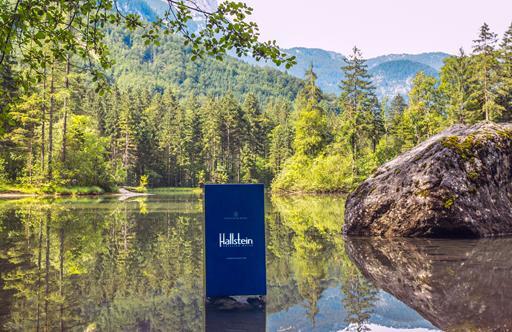Last Century Modern
Some 260 kilometres northwest of Delhi, a regal new retreat in an erstwhile palace is a window into an underexplored part of the country – and the opulent excesses of its maharajas.
An array of cut fruit, parfait, flaky croissants, viennoiserie, eggs on order, savoury Indian breads and more. All washed down with a seemingly endless flow of champagne, while a sitarist serenades an audience of one: me. This decadent breakfast, served in an 18th-century pleasure hall featuring frescoes depicting the lives of maharajas, their consorts and concubines, seems an apt way to kick off my stay at the 35-key Ran Baas The Palace, which occupies a part of Qila Mubarak, the former residence of the royals of Patiala in Punjab, India.
A once powerful house, its Sikh rulers were known for their sophisticated and sometimes excessive tastes. For instance, Maharaja Bhupinder Singh (who reigned from 1900 to 1938) is said to have had over 300 lovers in his harem, and in 1928, he commissioned Cartier to make him a 1,000-carat diamond necklace. In its heyday, a banquet hall at the labyrinthine Qila Mubarak was described by the author Rudyard Kipling as being “literally crammed with chandeliers and crystal fountains”. “Throw in acres of mirrors, scores of alabaster statues, Persian rugs, a gold kincob carpet five yards square and two massive silver-gilt chairs of state, and it is possible to obtain some faint idea of the chamber,” wrote Kipling in 1884.

After India gained independence, though, the state-owned palace fell to ruin. It took Apeejay Surrendra Park Hotels – the property’s current operator – and acclaimed Indian conservation architect Abha Narain Lambah seven years to restore and adapt the section that now houses the hotel. Today, Ran Baas The Palace is a grand reimagination of Patiala’s opulent age, but it is still very much a 21st-century hotel. While the architecture (a mix of Mughal, Rajput and European elements) is a study in adaptive restoration, the interior design creates a striking juxtaposition of the old and new. For instance, in the reconstructed reception area, Rajput-style arches frame contemporary art by the Sikh artist Gurjeet Singh. And in the rooms, upholstery featuring paisley motifs references the Kashmiri Jamawar weavers patronised by the Patiala kings. In fact, even today, the shops in the buzzing markets around Qila Mubarak are run by the descendants of artisans and traders invited by the Patiala kings to do business here. In them, souvenir seekers will find products like hand-embroidered shoes (juttis), hand-embroidered phulkari stoles and hand-beaten brassware.
Even if you don’t take back a souvenir, chances are you’ll return home with delicious memories of the food at Neel, Ran Baas’ all-day restaurant. I particularly loved the jangli maas, a hearty slow-cooked dish of lamb served with gluten-free millet bread doused in clarified butter. There are also fluffy pancakes, comforting Caesar salads and club sandwiches on the menu, but the most memorable meal on offer here is the tasting menu at Atth, Ran Baas’ Punjabi speciality restaurant. “Ath” means eight in Punjabi, and the restaurant’s menu showcases dishes from the eight regions of Punjab that were a part of the Sikh confederacy of kingdoms. “You won’t just find dishes that are of royal origin,” says general manager Deep Mohan Singh Arneja, a former chef who trained with the likes of Michel Roux and Giorgio Locatelli. “My aim is to introduce you to hyper-regional cooking of Punjab on both sides of the India-Pakistan border.”

While food and retail are great ways to experience the region, there’s much history to be explored, from Qila Mubarak’s importance to the local community to touring sites associated with Le Corbusier, in Chandigarh, a one-and-a-half-hour drive northeast of Ran Baas. There’s also a Moroccan-inspired pool at the hotel, and a spa that delivers relaxing Balinese massages. At the end of any day, head to The Patiala, Ran Baas’ bar, which serves cocktails by the “Patiala peg” – a term denoting an extra-large serving of alcohol that traces back, once again, to Maharaja Bhupinder Singh and his love of excess. Thankfully, Ran Baas’ enthusiastic staff knows how to strike the delicate balance between enough and more than enough. Still, do make room for your time at Ran Baas. You’ll need it, in excess.
Le Corbusier’s Chandigarh
Most visitors to Patiala fly first into the Punjab and Haryana capital, Chandigarh, home to the world’s largest collection of Le Corbusier structures. A newly independent India commissioned the Swiss-French pioneer of modernism to plan the city back in the 1950s. Even the shortest of stopovers demands a tour of the late master’s Chandigarh thumbprint. Start at the Capitol Complex, which consists of the Palace of Assembly, the Secretariat Building and the High Court, among other monuments. Each houses the legislative, executive and judicial wings of the states of Punjab and Haryana. Stop by Le Corbusier’s 14m-tall Open Hand, the city emblem. Then, head to the Chandigarh Architecture Museum, which houses materials that evidence the city’s planning and building process. Follow it up with a visit to Le Corbusier Centre, the architect and his team’s erstwhile office now serving as a window into the workings of Le Corbusier and his chief architect, Pierre Jeanneret. End the day at Sukhna Lake, a body of water that was part of Le Corbusier’s master plan for the city, which continues to be a gathering spot for locals. Ran Baas The Palace organises tours covering many of these Chandigarh highlights, along with airport transfers.

Photos: © Ran Baas The Palace


